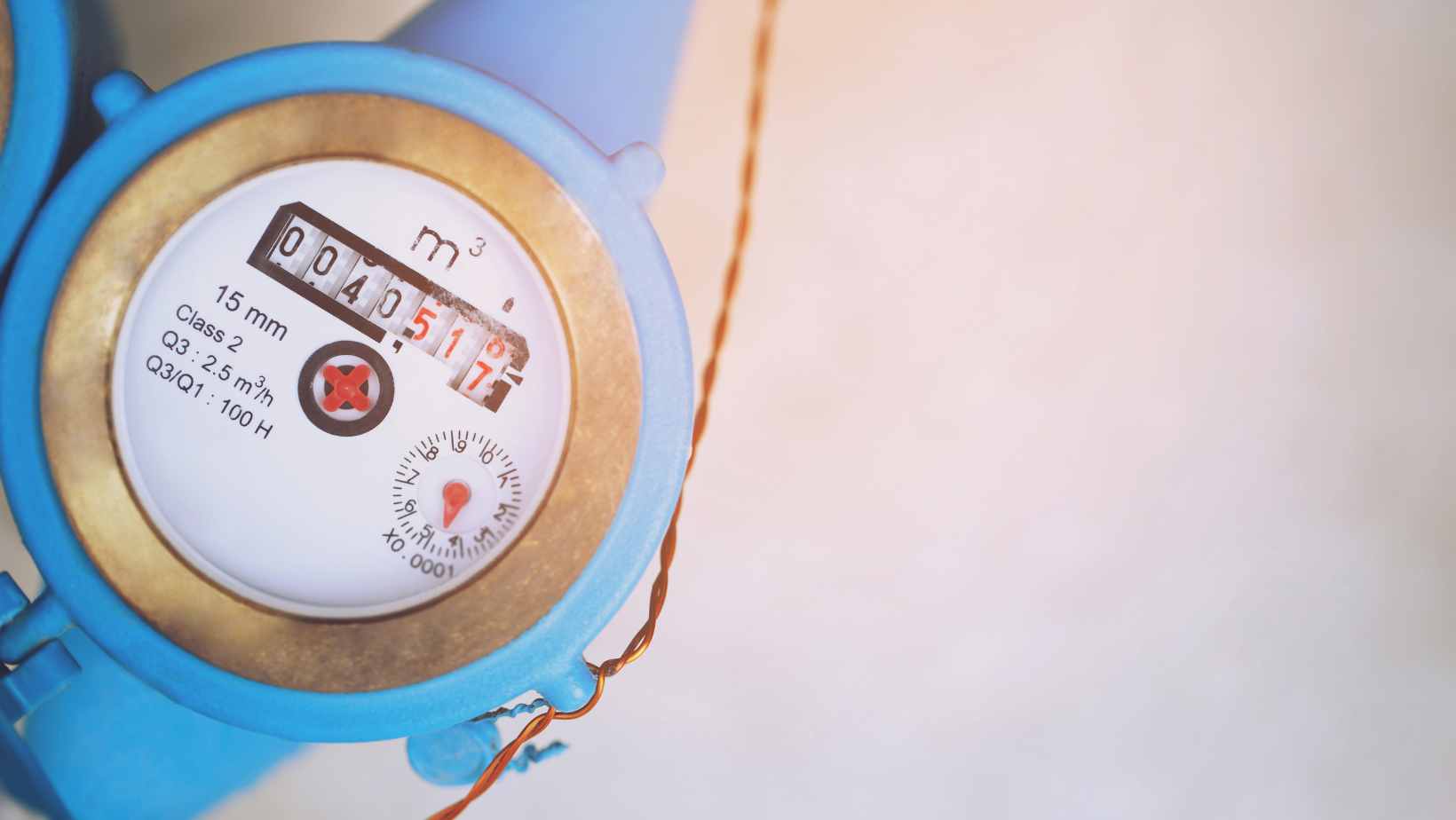Understanding the Conversion Factors on How Many mL in a Pint

How Many mL in a Pint
Wondering how many milliliters are in a pint? Well, let me break it down for you. In the United States, a pint is typically defined as 16 fluid ounces, which is equivalent to approximately 473 milliliters. So, if you’re using US measurements, a pint would contain around 473 ml.
However, it’s important to note that the conversion may vary in different countries. For instance, in the United Kingdom and Canada, a pint is equal to 20 fluid ounces or approximately 568 milliliters. So, if you’re dealing with UK or Canadian measurements, a pint would be closer to 568 ml.
It’s always essential to double-check your conversions when working with different units of measurement to ensure accuracy. Whether you’re following US or UK standards, understanding how many milliliters are in a pint can come in handy when cooking or mixing drinks.
Conversion of Pints to Milliliters
Understanding the Conversion Factor
When it comes to converting pints to milliliters, it’s important to understand the conversion factor between these two units of measurement. The conversion factor for pints to milliliters is 473.17648. This means that there are approximately 473.17648 milliliters in one pint.
Calculating Milliliters from Pints
To calculate the number of milliliters in a given quantity of pints, simply multiply the number of pints by the conversion factor mentioned earlier. Let’s say we have 3 pints that we want to convert into milliliters:
3 pints * 473.17648 ml/pint = 1419.52944 ml
So, 3 pints is equal to approximately 1419.52944 milliliters.
Converting Different Volumes of Pints to Milliliters
Now that we know how to convert a specific quantity of pints into milliliters using the conversion factor, let’s explore some examples with different volumes:
- If you have half a pint, you would multiply it by the conversion factor:
0.5 pint * 473.17648 ml/pint = 236.58824 ml
Therefore, half a pint is equivalent to roughly 236.58824 milliliters. - On the other hand, if you’re dealing with larger quantities such as a gallon (8 pints), you can use the same formula:
8 pints * 473.17648 ml/pint = **3785** .41184 ml
In this case, one gallon equals approximately 3785 .41184 milliliters.
By understanding the conversion factor and applying simple multiplication calculations, converting from pints to milliliters becomes a straightforward process. Whether you’re dealing with small or large volumes, this conversion allows for easy comparison and measurement across different units.

Metric System vs. Imperial System
When it comes to measurements, there are two main systems in use around the world: the metric system and the imperial system. Each system has its own unique set of units and is used by different countries based on historical traditions and cultural preferences.
The Metric System:
- The metric system, also known as the International System of Units (SI), is widely used across the globe, with over 95% of the world’s population adopting it.
- It is a decimal-based system that uses prefixes to represent multiples or fractions of a base unit. This makes conversions between units relatively straightforward.
- In the metric system, volume is measured in liters (L) and milliliters (ml). For example, a pint is equivalent to approximately 473 ml.
- The metric system provides a logical and consistent framework for scientific measurements, making it easier for scientists, engineers, and researchers to communicate their findings globally.
The Imperial System:
- The imperial system originated in Britain and was historically used by many Commonwealth countries. However, today only a few countries like the United States still primarily rely on this system.
- Unlike the metric system, which is based on powers of ten, the imperial system uses non-decimal fractions for conversions between units. This can make calculations more complex.
- In the imperial system, volume is measured in pints and fluid ounces (fl oz). One US liquid pint equals approximately 473 ml.
- While some argue that familiarity with imperial units can be an advantage in certain industries or day-to-day activities within specific regions, converting between different imperial units can be challenging.
Comparison:
Here’s a quick comparison between these two systems:
| Metric System | Imperial System |
| Uses decimal | Uses non-decimal fractions |
| Widely adopted | Primarily used in select areas |
| Logical framework | Historical tradition |
In conclusion, while the metric system offers a more consistent and globally recognized approach to measurements, the imperial system still holds its ground in certain regions. Understanding both systems can be beneficial for international communication and everyday life situations involving different units of measurement.




